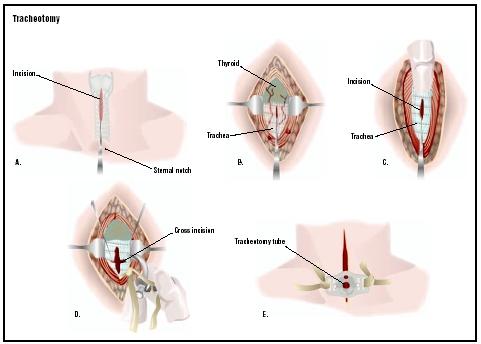
A swelling in the neck is a very common affair in day to day practice. In children, any infection in nose, throat or even scalp can lead to a swelling in the neck. A swelling which is painful and tender to touch is usually due to acute inflammation. This can be co related by simple laboratory investigations like total leucocytic and differential leucocytic count and can be confirmed by fine needle aspiration cytology commonly known as FNAC. These swellings can be treated by simple antibiotics and anti inflammatory medicines.













































